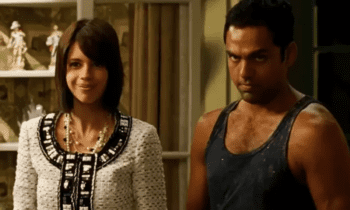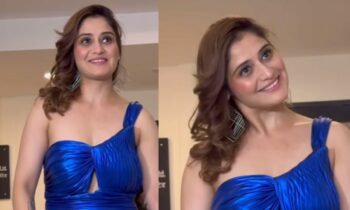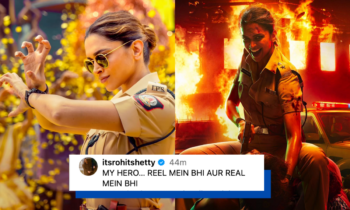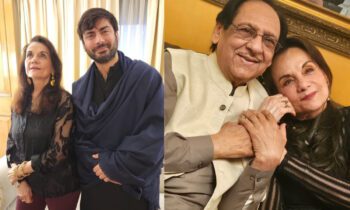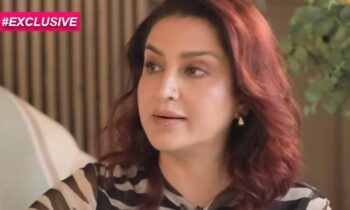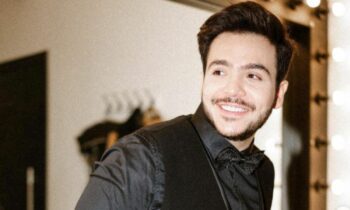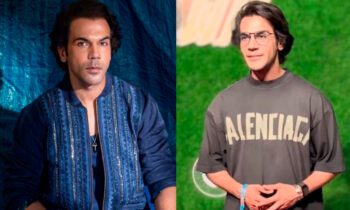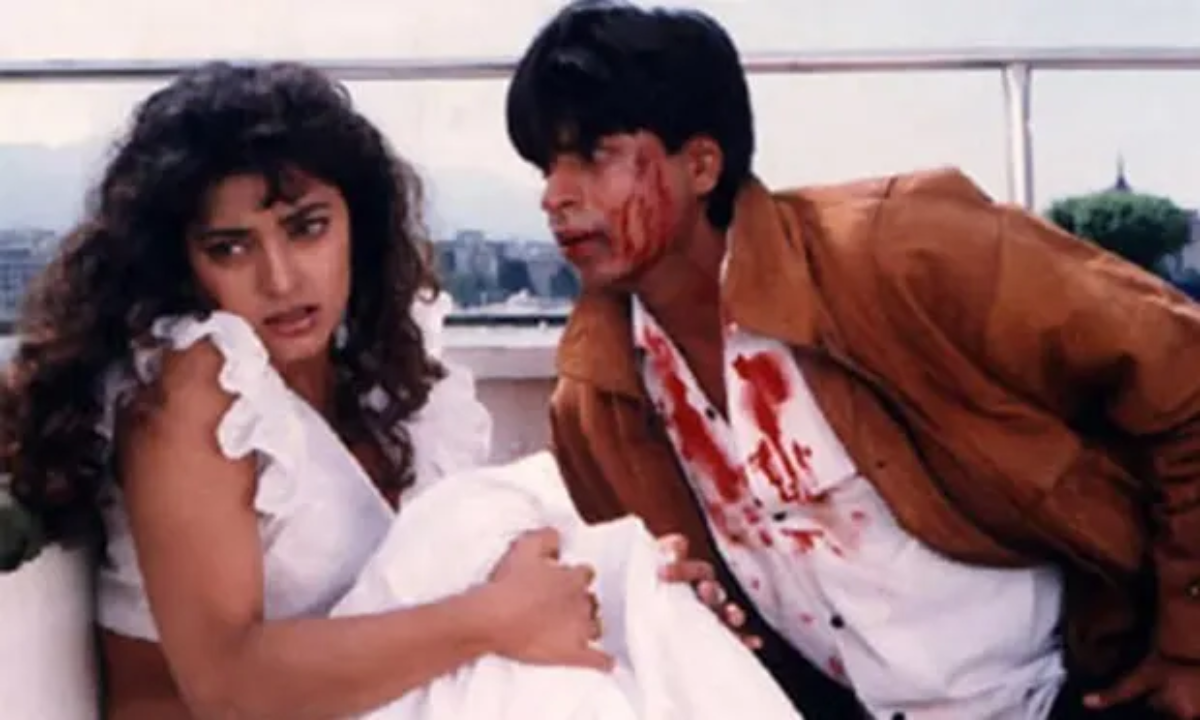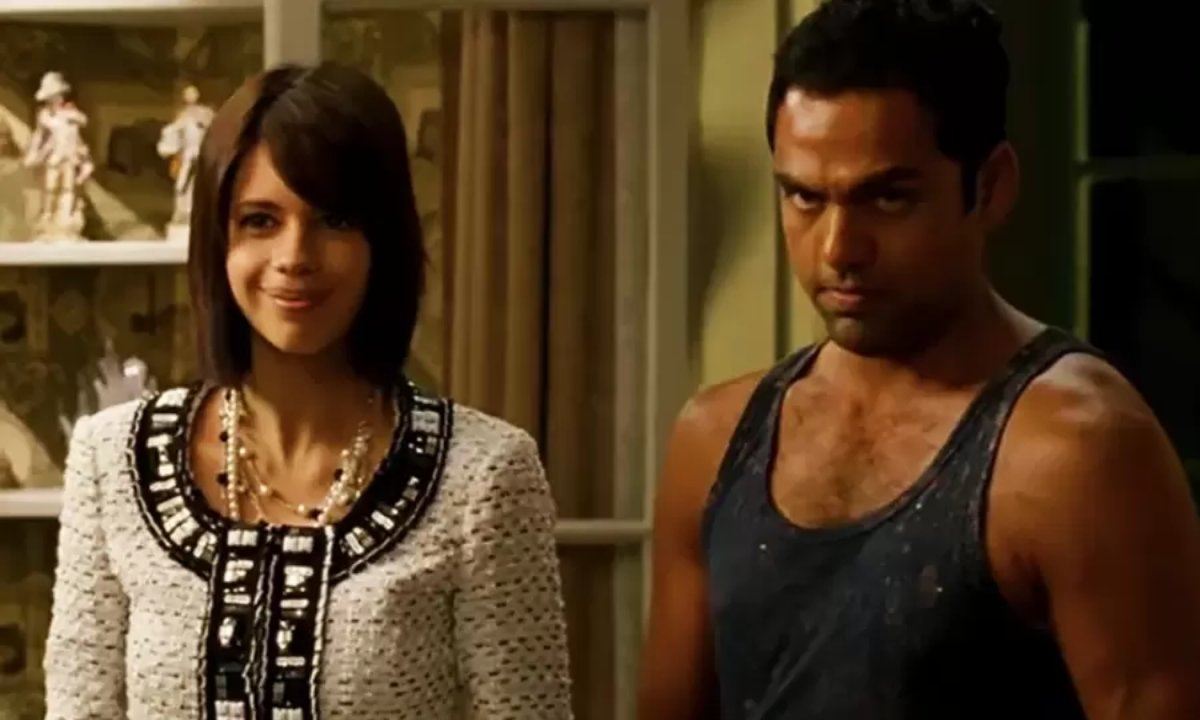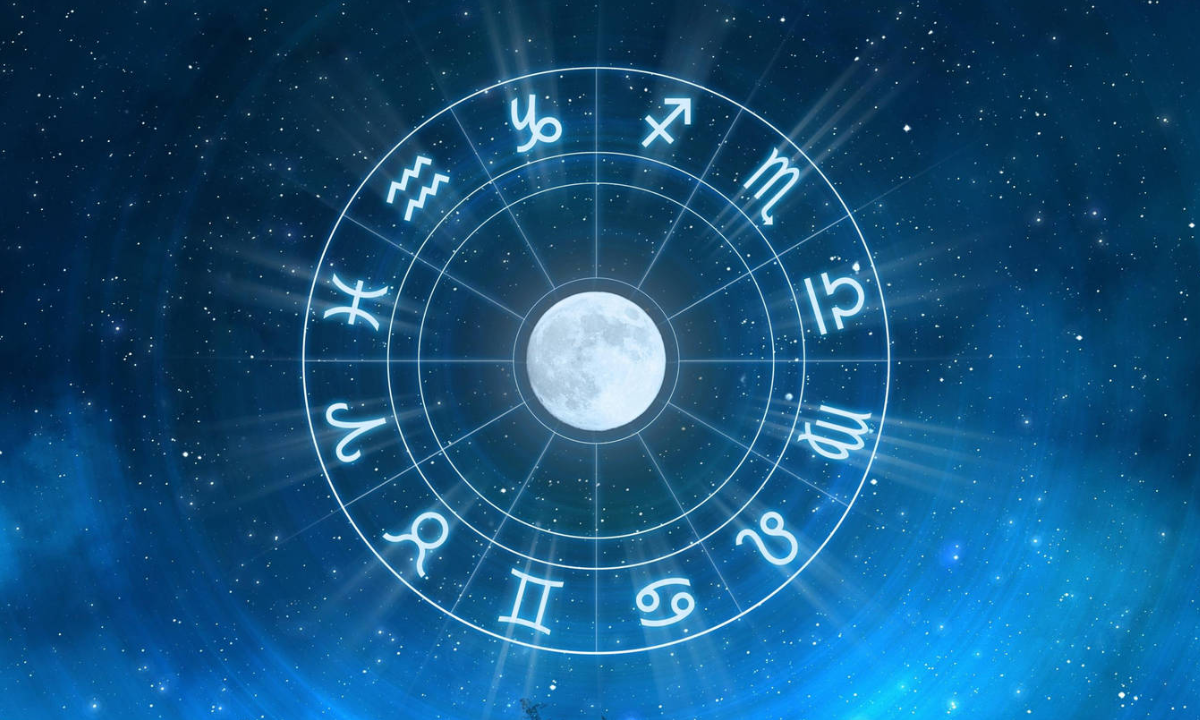The Great Evolution Of Punjabi Suits From Skin-Fit Churidaars To Street Style Salwars
Lohri special fashion!
Bollywood can be thanked for taking cues from India’s history in fashion and making it a trend. While Hindi cinema can be credited for providing us with iconic on-screen fashion, ranging from hairdos to sarees, a significant era in every heroine’s closet saw Bollywood’s obsession with traditional suits. Deeply rooted in both Punjabi and Pakistani ways of dressing up, suits as seen on the big screen were often offered a new twist through new tailoring techniques. From kurtas coupled with skin-tight churidaars in the 60s to Kareena Kapoor single-handedly renewing the old-school salwars, this traditional uniform as we see it today is an evolved form of the original silhouette. As trends change, the idea of keeping a suit set in our closet also seems to shift. So, as we celebrate the festival of Lohri today, let’s take a look back into the evolution of an Indian salwar suit, as reinvented by Bollywood.
The Glorious 60s
Suits on the big screen were welcomed by some of Bollywood’s most legendary actresses like–Sadhana, Sharmila Tagore and more. As seen in Yash Chopra’s Waqt, the idea of skin-fit churidaars, coupled with short-length kurtas weaved fashion as we know it in the name of retro style, today. Introduced by Bollywood’s fashion luminary–costume designer Bhanu Athiya, tiny kurtas saw a major shift from salwars to churidaars. This also brought in the European perspective on silhouette designs, as designers enjoyed picking inspiration from the west and applying it to recreate the cultural clothing of their homeland India.
Hum Jab Simat Ke Aapki Baahon Mein Aa Gaye…Sunil Dutt with Sadhana in Waqt (1965).#SunilDutt #Sadhana #vintage #BollywoodFlashback pic.twitter.com/kBDrmaGAyR
— Movies N Memories (@BombayBasanti) September 10, 2021
Soon Came The 80s
The 80s again brought the craze for lousy pants or salwars through films like–Maine Pyaar Kiya, and Chandni. Sported by main leads like Bhagyashree and Sridevi, printed sets in anti-fit formats made salwar suits the new loungewear. In Chandni, we saw a costume designer Bhanu Athiya, reigniting her love for gauzy fabrics, and lacework, as we witnessed Sridevi in pearl-white kurtas featuring lace patches, and colourful dupattas, as inspired by the 60s.
Sridevi looks in Chandni 🌑
part 1 pic.twitter.com/5czNago8K4— eli✧ (@terichandni) August 23, 2020
The Millennial Style
As the 90s arrived, Bollywood fashion gave salwar suits a more westernised makeover with the idea of curated sets. Through films like–Dil Toh Pagal Hai, and Hum Saath Saath Hai, jackets in a variety of fabric types entered trend charts. From Karisma Kapoor and Neelam Kothari’s jacketed suits to Madhuri’s poetic sets featuring bandeau blouses, teamed with churidaars, traditional suits were formatted to appeal to a much wider section of shoppers.
DDLJ Going Back To Roots
Shedding light on old-school ways of wearing a salwar suit was Aditya Chopra’s Dilwale Dulhania Le Jayenge. Through Kajol’s character Simran, Bollywood romanced basic salwars and reprised the bottoms, with a traditional Punjabi lungi worn by Gidda performers. The iconic green ensemble, designed by Manish Malhotra was not only an ode to Punjabi ki mitti, but was fashioned accurately to curate trends, with the incorporation of acidic shades, that were a huge hit during the era.
Back To Punjab
Doing his home work and correct research was Manish Malhotra, who again worked on the costumes for the iconic–Veer Zaara, to dress the main leads. For Preity Zinta’s Pakistani girl in Punjab, Malhotra brought the idea of the same Gidda-appropriate lungi, as he did in DDLJ. The designer this time, dressed Preity for the evergreen track from the film–“Lo Aagayi Lohri,” using a green bordered lungi, teamed with a fuchsia pink kurta, and orange dupatta, styled using a paradhi. Leaving monochromes behind, the designer experimented with unique colour combinations and culturally-relevant silhouettes for the Lohri special segment in the film.
https://twitter.com/SRKzAlina/status/1610411365188911106?s=20&t=Rg68B_4_YfxTkFIM2_ZgMA
Rani Mukerji’s Twist To Salwars
Besides Yash Raj Films’ introduction to crime drama, Rani Mukerji’s character Babli’s wardrobe was well-received. The actress brought back the iconic patiala salwars, but decided to give her kurtas a much-needed update with collared necklines. Styled by Aki Narula, Rani was seen in exuberant orange, and green salwar suits, coupled with huge jhola bags, and sealed with sideward-tied, mirror dupattas. She again revisited the salwars in films like–Dil Bole Hadippa, where she sported a more traditional format of the ethnic set, with addition of tiny jackets added to her kurtas.
@juniorbachchan 15 Year's of Bunty aur Babli. Amitabh Bachchan shared the screen space with son Abhishek Bachchan for the first time in 2005 film 🎬Bunty aur Babli, outstanding performance👌 Amitabh sir & Abhishek sir Rani ji and the most beautiful actres Aishwarya ji🙏love u AB pic.twitter.com/Y0pd17OsKx
— roshan kumar mukhi (@roshankumarmuk3) May 28, 2020
When Salwars Became The New Streetwear
Experimenting with the iconic salwars in a more contemporary fashion was Kareena Kapoor’s character Geet from Jab We Met. The girl from Bhatinda, dressed by costume designer Manish Malhotra, packed salwars for both travelling in a train and an important function at home. Kareena’s Geet popularised the idea of teaming salwars with graphic t-shirts, and we all ran to the markets to get a salwar and wear it with our t-shirts. This new era in Bollywood made salwars a street-style icon and was seen in various other formats throughout the film. Be it her citrus green and pink number in “Nagada Nagada,” or a more chirpy black set in “Mauja Hi Mauja,” Kareena made salwars her new closet staple.
Indeed Kareena Kapoor Khan started many fashion trends and made it a massive range post her Geet character from Jab we Met #KareenaKapoorKhan
1. Harem and Patiala Pants with long tops pic.twitter.com/Jkhwt3FeKH
— 𓃵KareenaKapoorKhan (@MegaStarKareena) August 22, 2022
Alia And The Salwar Fad
Walking the lines laid by Kareena was Alia, and her character Kavya in the 2014 film–Humpty Sharma Ki Dulhania. From the Kareena-wala lehenga to trying out salwars, Kavya’s impressive closet saw a variety of these lousy pants, which also indicated her Punjabi background. The actress dabbled between both sorbet hues, neat whites topped off with leheriya dupattas, and quirky greens to wear the silhouette. Her look from the song–“Samjhaavan” still remains an iconic look from Bollywood.
Humpty Sharma Ki Dulhania✨@sidharth_shukla @Varun_dvn @aliaa08
7 YEARS OF HSKD pic.twitter.com/KaDzCgBTqo
— Cold Coffee☕ˢˢˢ (@ColdCoffee2710) July 11, 2021
Deepika Deeply Falling For Suits
Through films like Yeh Jawaani Hai Deewani and Piku, Deepika travelled to two opposite ends of the spectrum while trying out suits in films. In the Ayan Mukerji film, Padukone experimented with salwar, teamed with short kurtas, and dupattas in three different colours. Besides her trend-setting lehengas, fashion nerds loved the idea of short kurtas, featuring wider necklines, that highlighted the actress’ collar bones. Contrary to her look as Naina, Padukone chose to wear crisp blank and white long kurtas, teamed with palazzo pants, and classic culottes, as the Bengali-girl Piku, who enjoyed the traditional Punjabi silhouette in her own style.
As one comment said piku in replies,i would whole heartedly agree. Piku is an evergreen film,and from her simple kurta palazzo sets to the saree worn and the casuals at home,it reflects wardrobe of many women. One of the best movies of Deepika imo https://t.co/9cjQP4JNu6 pic.twitter.com/pKIIzk05Vr
— Mahi⁷ ᵇʸ ʲᵏ (@vantesjinni) December 26, 2022
Also Read: From Mekhela Chador To Kanjeevaram, A Celeb-Led Guide To Dress For Pongal, Lohri, Magh Bihu And Makar Sankranti
Phillauri
Anushka Sharma’s fantasy-comedy film–Phillauri, revisited the era of 1919, rooted in old Punjab. From the vintage ways of applying henna to embracing the traditionally-adored Phulkari dupattas, Anushka’s character Shashi’s closet paid homage to Punjabi fashion. Designed by costume stylist–Veera Kapur, the salwar suits on Anushka were muted, and often styled using silver jewellery, and embellished juttis.
Anushka Sharma looked so beautiful in Phillauri (2017). pic.twitter.com/DCTtTQNroV
— ً (@SheethalS5) July 13, 2022
Anushka was also appreciated for her choice of suits in the popular film–Band Baaja Baaraat and of course her popular salwar suit in the song–“Ainvayi Ainvayi.” She later revisited the silhouette for a special song in the Salman Khan-starrer Sultan.
So, how are you celebrating Lohri today?
Uorfi Javed, Komal Pandey And More Names Giving Us Better Fashion Than Most Bollywood Celebs





